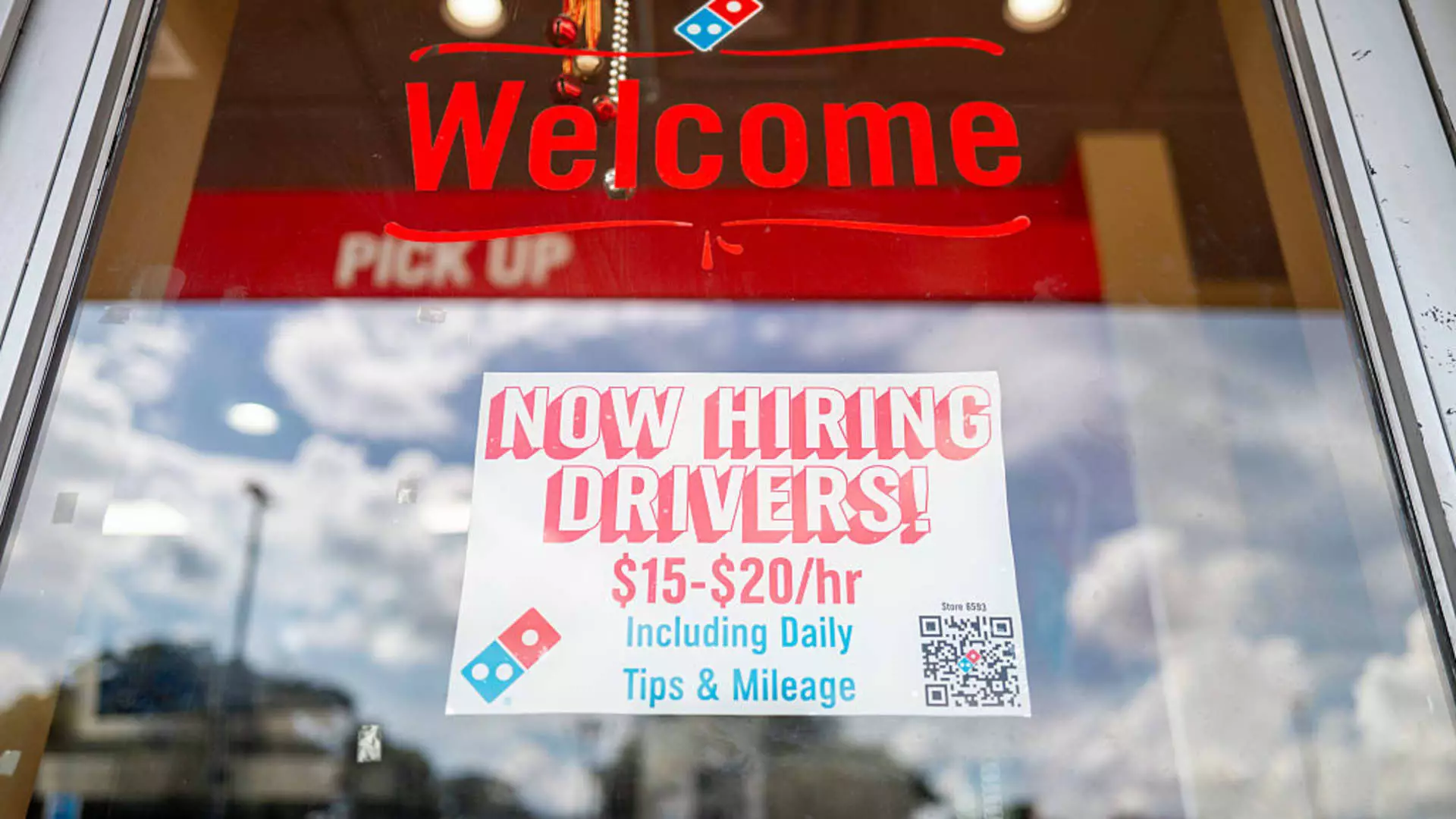As the nation grapples with economic uncertainties, a quiet but ominous trend emerges beneath the surface: the labor market, once resilient and expanding, appears to be retreating, especially at its most pivotal point—federal employment. The recent wave of layoffs driven by the so-called Department of Government Efficiency, spearheaded by Elon Musk’s political ambitions, is not just a bureaucratic reshuffle; it signals a troubling shift with profound implications. While headlines may still emphasize steady job growth, the underlying data reveals a more fragile reality: a slowing demand for labor that could undermine the economy’s foundation.
Federal workers, long considered a stable backbone of employment, are now caught in a perfect storm of shrinking opportunities. Despite the optimistic chatter from some economists, the truth is that job openings in sectors like higher education and white-collar professions are diminishing at an alarming rate. The number of people actively seeking federal positions has surged by 150 percent, highlighting a desperate scramble that underscores the erosion of secure jobs. This is not a temporary hiccup—it’s indicative of structural shifts that threaten the well-being of thousands of workers and the broader economic stability.
The Dangerous Consequences of Short-Term Thinking
At the heart of this issue lies a shortsighted political agenda that prioritizes bureaucratic pruning over workforce sustainability. The push to eliminate hundreds of thousands of federal jobs — justified as cost-saving measures — risks hollowing out essential government functions. These cuts, which have already surpassed 280,000 positions, raise questions about the government’s capacity to deliver critical services, especially amid a fragile post-pandemic recovery. Such policy decisions are not isolated—they echo a broader trend of valuing immediate fiscal headlines over long-term economic health.
This trend inevitably filters into the private sector, particularly knowledge-based industries that rely heavily on federal contracts and partnerships. As demand from government agencies wanes, so does opportunity for tech startups, data analysts, and marketing professionals who depend on sustained government support. The Federal Reserve’s persistent elevation of interest rates compounds this problem, shielding growth in tech-dependent sectors and constraining employment further. It’s a vicious cycle where fiscal restraint and ideological austerity impede innovation and job creation at a crucial juncture.
An Uncertain Tomorrow: The Broader Economic Implications
While some skeptics dismiss these signs as mere anomalies, the cumulative evidence paints a more troubling portrait. The slowdowns in hiring, rising unemployment forecasts, and shrinking job openings suggest we may be approaching a period of stagnation or even contraction in the labor market—an outcome that runs counter to America’s historical resilience.
It’s critical to recognize the human cost intertwined with these macroeconomic indicators. Thousands of displaced federal workers are scrambling for opportunities in an environment that’s increasingly unwelcoming to their skills and experience. Meanwhile, the broader economy bears the scars of weakened government capacity and a diminished middle class. The impact of these policies, driven by political expediency rather than strategic foresight, risks undermining the very fabric of economic opportunity that has historically powered American growth.
The Political Recklessness Endangering Economic Stability
The decision to aggressively slash federal employment under the guise of efficiency is fundamentally shortsighted. It reflects a dangerous political narrative that conflates austerity with progress, ignoring the vital role government plays in stabilizing the economy. This approach disregards the long-term consequences—fewer public servants means less effective governance, slower disaster response, and diminished public trust.
Furthermore, the complex interplay between monetary policy and employment underscores a troubling oversight. The Federal Reserve’s high interest rates, intended to curb inflation, inadvertently stifle the growth of sectors crucial to economic resilience. With borrowing costs outweighing the benefits of expansion, even companies that traditionally drove employment growth find themselves unable to hire, exacerbating a slowdown that could have been mitigated through balanced policy measures.
No matter how the narrative is spun by those in power, the reality remains that these cuts threaten to destabilize an already fragile recovery. An economy built on the premise of continuous growth must avoid the pitfalls of reckless austerity and recognize that workforce stability is paramount—a lesson neglected in pursuit of superficial fiscal discipline.
A Wake-Up Call for Center-Left Policymakers
It’s time for center-wing liberals to challenge this narrative of austerity as the only path forward. A resilient economy depends not just on fiscal consolidation but on strategic investments in human capital. Protecting federal jobs isn’t a job-killing measure; it’s an investment in the backbone of American democracy and economic vitality.
We must think beyond short-term deficits and recognize the importance of maintaining a strong, effective government workforce to support innovation, social equity, and long-range growth. The current trajectory, driven by policies that dismiss the essential role of public servants, threatens to undermine the social safety net and the public goods that keep society functioning. As we navigate these turbulent times, a balanced approach that values both fiscal responsibility and workforce stability is not just prudent—it’s necessary for the nation’s future stability and prosperity.

